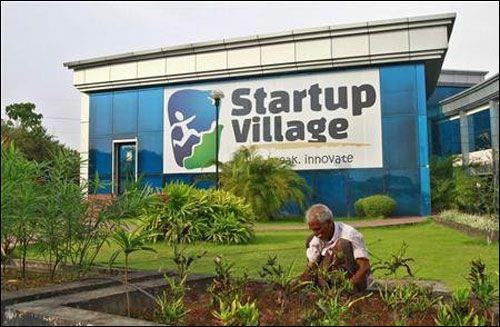In first major growth in 5 years, 2,000 advertisers were added in Jan-Sep 2015; full-year numbers likely to be 25% higher than in 2014.
 India's new economy, led by e-commerce companies, start-ups and internet-enabled services, is driving growth for domestic advertising.
India's new economy, led by e-commerce companies, start-ups and internet-enabled services, is driving growth for domestic advertising.
For the first time in five years, over 2,000 new companies joined the country's advertiser base in the first nine months of 2015, show data from TAM Adex, which tracks advertising across print, television and radio formats.
The advertiser base, at 10,065 in 2014, now stands at 12,248, according to TAM Adex data sourced from advertising & media industry players.
According to industry estimates, another 500 advertisers could be added in the October-December quarter, when traditionally there is higher advertising push because of festivals falling in the period.
This implies the total advertiser base could reach an estimated 12,748 by the end of the 2015 calendar year, growth of 26.65 per cent over last year.
This increase in the number of advertisers is in sync with projections from various media agencies concerning the rate of growth for overall advertising this year.
According to their estimates, the advertising growth rate this year could be 10-12 per cent, in double digits for a second straight year.
"While there was heavy spending by political parties due to general and state elections last year, one cannot ignore the bump-up that new categories like e-commerce, start-ups and new-age companies are giving to overall advertising. Flush with funds from private equity and venture capitalists, these companies are hardly missing out on any opportunity to make themselves visible," says ZenithOptimedia Managing Director Hari Krishnan.
E-commerce, start-up boom swells India's advertiser base Thanks to a general uptick in spending by companies, India is estimated to this year exceed the global average of four per cent advertising growth, according to a recent report by media agency Carat, part of Dentsu Aegis Network.
Maintaining India's ad growth rate at 11 per cent for 2015, the Carat report had said growth would accelerate next year.
"Without a doubt, this pick-up in sentiment that we have seen this year, and to some extent last year, will only get bigger next year. While events like the Cricket World Cup and the IPL (Indian Premier League) in the first half helped overall advertising this year, what we are also seeing is an evolution in India's advertising cycle, where you have even smaller players wanting to advertise. Some of them are moving beyond classified ads into display advertising. This is what is contributing to this base of new advertisers," says Ashish Bhasin, chairman & chief executive, Dentsu Aegis Network, South Asia.
While the ratio of India's advertising expenditure to gross domestic product (GDP) continues to be small, at 0.35 per cent, compared with other emerging countries like China (0.50 per cent), Russia (0.57 per cent) and Brazil (0.77 per cent), the emergence of new advertisers points to how brand-building is now becoming a serious exercise for many.
This can, say experts, push overall ad spending and increase its share in GDP in the future.
"The e-commerce and start-up boom has led to a surge in the entrepreneurial spirit of many Indians. With access to seed and growth capital becoming fairly easy, many entrepreneurs now have the confidence to advertise their products and services," says Arvind Sharma, Leo Burnett's former India chairman and CEO who last year turned entrepreneur by launching Indiasarihouse.com.
The self-funded initiative has seen interest coming from the investor community, Sharma says, even as the venture looks to grow.
New-age entities, however, are not the only contributors to this advertising boom, experts say.
Even small and regional advertisers, earlier barely advertised, are setting aside budgets for the purpose.
The emergence of these small and regional advertisers across sectors like fast-moving consumer goods, retail and electronics has prompted companies like STAR and Amagi to launch services targeting last-mile advertising.
These ads are basically for a regional or local audience. So, not only big advertisers but also small ones can take advantage, executives at Amagi say.
In print, for instance, advertising growth for language dailies, notably the Hindi ones, has been ahead of English newspapers.
This is not only because national advertisers are seeking a regional audience but also because small and regional players are looking to enhance their visibility, say executives at Jagran Prakashan, publisher of the Hindi daily Dainik Jagran.










 © 2025
© 2025